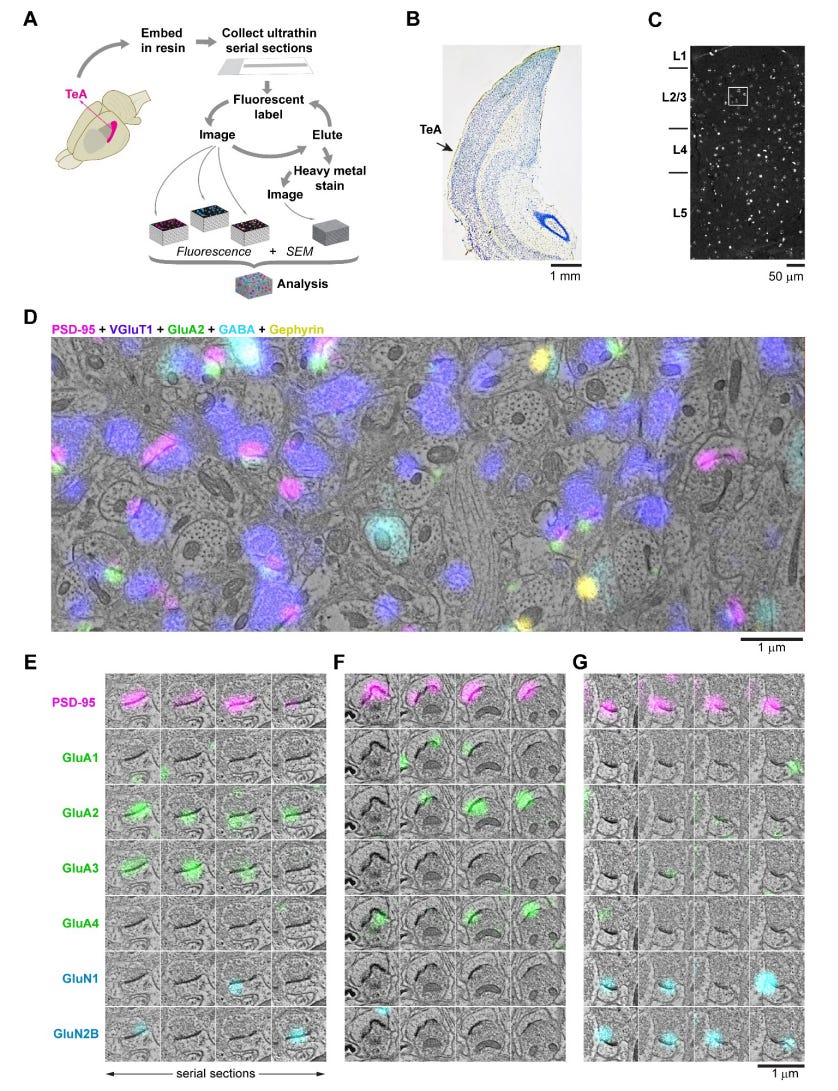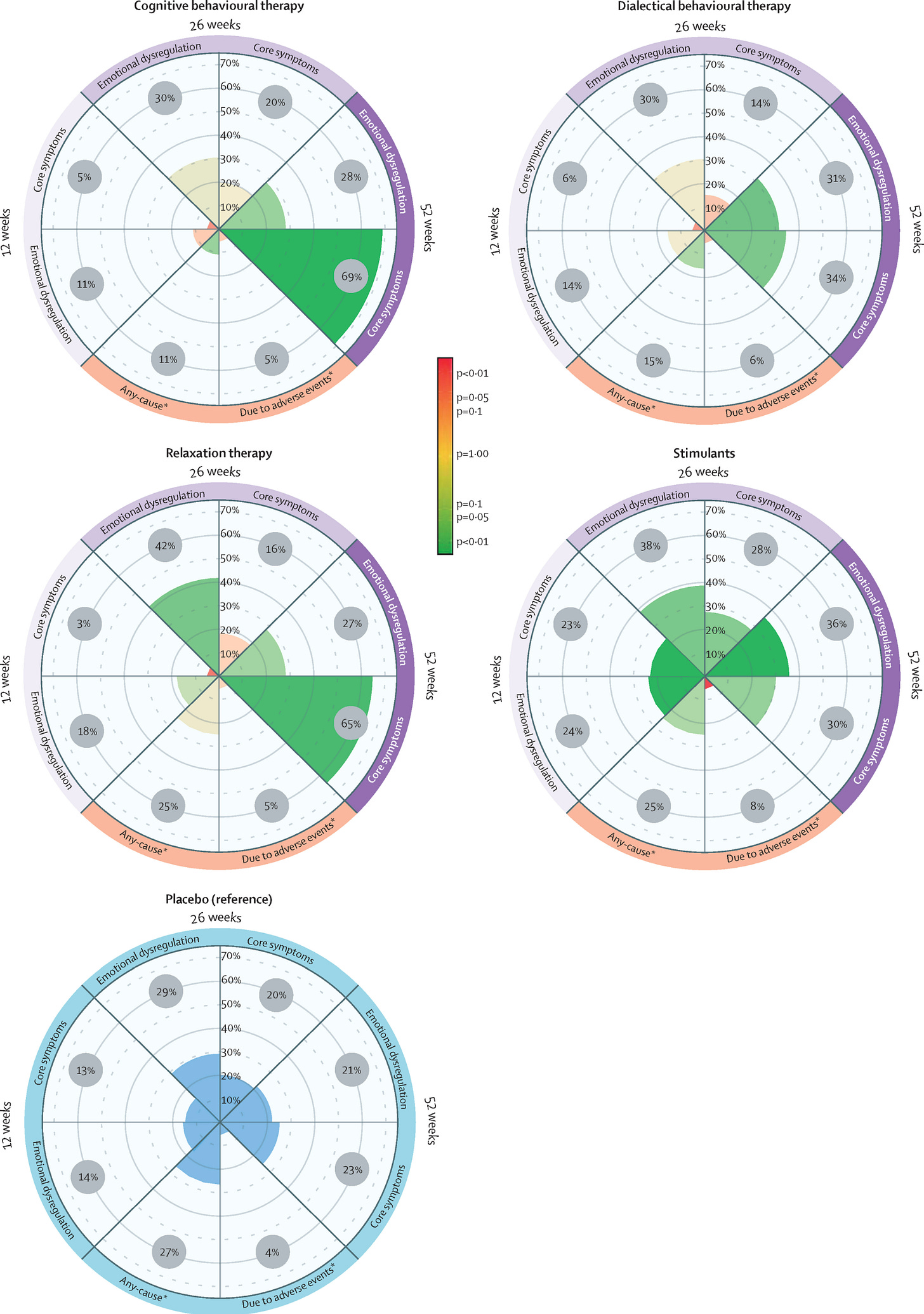1: A key question in neuroscience — well, life, really — is what causes the stable, idiosyncratic differences between individuals in personality, preferences, thinking style, etc. This is basically the “nature vs nurture” question. Recently, a good amount of scholarship has posited that stable differences between individuals which are not explained by genetics can be largely explained by randomness in neural development — i.e., how our brains happened to form, out of all of the ways that they could have possibly formed.
(Edwin Jaynes might take issue with the term “random”. But obviously I don’t mean literally randomized, I just mean that the cell and tissue biology of gene expression and neural development is so complex that right now the best we can do is to think of it as a black box.)
But what exactly mediates those long-term differences between individuals? A new study sheds some light on this. They find that individual differences in the olfactory preferences of genetically identical fruit flies can be partially explained by molecular variation at specific synapses.
First, some background. The fly olfactory circuit starts with the antennae, where olfactory receptor neurons (ORNs) detect odors from the environment. These olfactory receptor neurons send electrophysiologic signals to the brain, specifically to structures called glomeruli. In each glomerulus, the olfactory receptor neurons that detect the same type of odor connect to dedicated projection neurons (PNs) that carry the processed information deeper into the brain. Local neurons (LNs) also connect between different glomeruli and help process this information:
To measure odor preferences, they placed individual flies in small tunnels with different odors flowing into each end. By precisely tracking each fly’s position over time, they could measure how strongly it preferred one odor over another. The same fly would maintain consistent preferences over hours or days:
They also examined synapses with fluorescent labeling of Bruchpilot (Brp), a scaffolding protein that helps organize neurotransmitter release machinery. After measuring the odor preferences of the flies, they dissected, immersion fixed, and stained their brains to measure the density of this protein. They then used principal component analysis and found that variation in the staining density in two specific glomeruli, called DC2 and DM2, predicted individual odor preferences. Specifically, flies with a higher synaptic density of Bruchpilot in DC2 relative to DM2 tended to prefer one odor over the other.
The correlation is weak — using a linear model, the synaptic density patterns only explained 8.8% of the variation in odor preferences (R² = 0.088, p = 0.031). Obviously, there are still other unknown factors that also play a role. And we will need to see this finding replicated before trusting it too much. However, it is important because it is one of only a small number of studies so far that have been able to explain stable behavioral differences between individuals based on differences in the structure of their brain.
2: New study uses both optogenetic and genetic approaches to inhibit CaMKII in mice. With both methods, they find that short-term memory in an avoidance task tested at 1 hour is impaired, while long-term memory tested at 1 day is not affected. This is even more reason to think that short-term memory and long-term memory are different things, and that CaMKII is not necessary for long-term memory storage.
3: New study uses conjugate array tomography, which combines multiple rounds of immunofluorescence imaging with electron microscopy on the same ultrathin tissue sections, to study synapses in the mouse brain. After fixation, they optimized their sample preparation methods to allow for immunolabeling of twelve different synaptic proteins, while still preserving the tissue quality for electron microscopy. This allowed them to query relationships between ultrastructure and biomolecular content that have not been well studied.
They found that synapses with thick spine necks — i.e. the portion that connects to the dendrite — had higher levels of specific NMDA receptor subunits (GluN1 and GluN2B) compared to synapses with thin spine necks. This is a nice example of how biomolecular information is correlated with morphological information:
They also found that synapses can be grouped into three distinct categories based on their spine shapes: (a) “classical” spines, with well-defined heads and spine apparatus, (b) thick-necked spines, and (c) small spines. Each of these types of synapse was found to have distinct patterns in their synaptic contact size (i.e. the area where presynaptic and postsynaptic membranes meet), AMPA receptor content, and NMDA receptor content:
Overall they found that ultrastructural features are strongly predictive of molecular composition. I find this data to be consistent with one of neuroscientist Ken Hayworth’s key contentions — that synaptic ultrastructure has a lot of information in it.
4: The article “The Unbearable Slowness of Being: Why do we live at 10 bits/s?” has been making the rounds. It’s interesting and well-researched, arguing that humans can only process about 10 bits of information per second, despite our sensory systems gathering data at around a billion bits per second. The authors support this with multiple lines of evidence, from typing speeds (120 words/minute) to memory sports records to video game performance metrics, showing that across various cognitive tasks, humans consistently operate at this rate of information processing.
Nick Bostrom made a related point in Superintelligence about brain computer interfaces (BCIs) — that simply increasing input bandwidth won’t help much since the retina is already good at presenting information and the bottleneck is in processing it. (BCIs could obviously still be useful in many other ways, just not due to solving the processing speed issue.)
However, while they present evidence for serial constraints on conscious processing, it seems to me that they might not be accounting for the power of parallel unconscious processing. I’m not claiming that this is faster, merely that more than one thing is usually going on at once (for better or worse). Consider how we can “sleep on” complex problems and wake up with solutions or have “aha” moments when we are working on something else. Freud, anyone?
5: A review on how cryo-electron tomography (cryo-ET) is allowing us to better understand neuronal architecture at the molecular level. The figure below shows how it can be used to capture synaptic vesicle fusion (a), the organization of actin in growth cone filopodia (b), and endoplasmic reticulum getting engulfed during autophagy (c).
6: E11 Bio reports that their method using barcoding, expansion microscopy, and light-sheet microscopy allows for connectome mapping that is 10x less expensive than with electron microscopy. The system works by making each neuron produce unique protein combinations that serve as cellular IDs. Their goal is to use this to map an entire mouse brain within 5 years.
They also report that their plan is to scale this method up to human brains, but I don’t see exactly how that would work. They use genetic techniques to create a unique molecular signature for each neuron. It would be hard to use genetic techniques in human brains. Either it would need to be premortem — and how would that be possible? — or one would need to do viral genetic engineering postmortem across the entire brain, which seems like an enormously difficult problem, given the difficulty in perfusion and keeping cells alive. Quite possibly they have some tricks up their sleeve.
One possibility I’ve long wondered about is whether would be possible to somehow measure “natural” protein barcodes in cells, such as protocadherins, that are used by neurons for self vs nonself identification. Although they would need to be profiled somehow. Possibly protocadherin RNA would be an easier thing to measure than the proteins. My guess is this would be well-preserved in human brains at reasonable postmortem intervals.
7: A network meta-analysis compares medications, psychological therapies, and neurostimulation for adult ADHD. They found that stimulants and atomoxetine were the only interventions showing consistent benefits for core ADHD symptoms across both self-reported and clinician ratings at 12 weeks. Their Vitruvian plots, which are used to visualize findings from network meta analyses, show that stimulants had the best overall profile, with good symptom control and acceptable tolerability, while atomoxetine showed similar efficacy but was less well-tolerated than placebo:
8: More evidence that ketamine has effects at opioid receptors. The findings suggest it acts as an allosteric modulator of opioid receptors, which is different from being a direct opioid agonist like morphine or fentanyl. It appears to enhance the body’s natural opioid signaling rather than directly activating receptors.
I think that there should be more research on this. It just seems to me like this is probably related to the ability of ketamine to be a fast-acting antidepressant, considering that we know that opioid agonists like oxycodone also work as fast-acting antidepressants, while other tested NDMA antagonists — which is usually what people think of as ketamine’s main mechanism — have not been successful as rapid acting antidepressants.
9: An argument that German warriors in the Roman era consumed stimulants prior to battle. This is based on their apparent use of small spoons, which have been frequently found alongside military equipment. At one major site almost half of the warrior belts had fittings for these in them. The spoons may have been used to measure and dispense stimulants. It’s unclear what the psychoactive substance may have been, possibly ergot fungus.
10: Profile of Alexandra Morton-Hayward, a scientist who studies ancient brains that have been naturally preserved — some for as long as 8,000 years — to uncover how they remain intact over long periods of time and what we can learn from them. Notable quote: “‘We find brains preferentially preserved in waterlogged, oxygen-poor environments in the mouse-decay experiment,’ she said. ‘That’s awesome, because these are the same environments in which we find human brains preserved.’” I wonder if the lack of oxygen may be partially why decomposition seems to be relatively slower in inner brain regions during immersion fixation.
11: Ariel Zeleznikow-Johnston did a bunch of interviews related to his new book, The Future Loves You: How and Why We Should Abolish Death, including with Michael Segalov at the Guardian, cryonics expert Max More, and Aaron Bastani of Novara Media. Unsurprisingly, the YouTube comments on the last interview are largely of the form “Why would anyone want this? Living longer sounds dystopic/like endless work/pointless without first solving all other problems.” Endlessly fascinated by this phenomenon.
12: New book chapter by cryonics pioneer Mike Darwin, “Thoughts on the Nature of Life and Death.” It has an in-depth discussion of what information-theoretic death is and what it implies for medical ethics.











